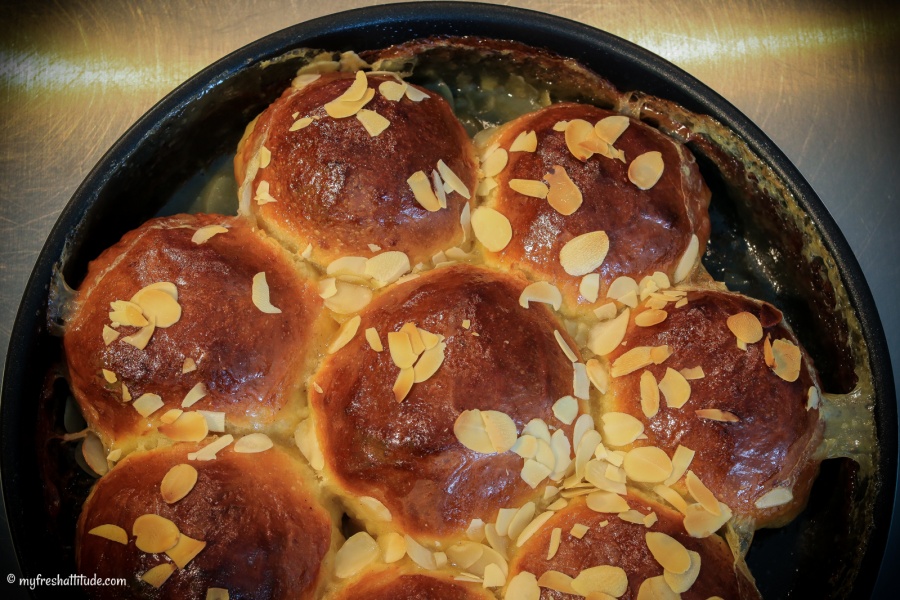
Dampfnudeln
To the English-speaking public who possess just enough knowledge of German to get by, the name of this recipe would appear very confusing. The literal translation would be steamed noodles. Ok…let’s pause right there for a second and let that sink in. Steamed noodles?
Ok, here’s the explanation. The term noodles (Nudeln in German) is a variation of the German word Knödel, which is filled yeast dough and beloved in Austria and parts of Germany. So that solves one part of the puzzle. But these yeast buns are not steamed you say. Well, technically you are correct, but
Subscription Required For This Content
To the English-speaking public who possess just enough knowledge of German to get by, the name of this recipe would appear very confusing. The literal translation would be steamed noodles. Ok…let’s pause right there for a second and let that sink in. Steamed noodles?
Ok, here’s the explanation. The term noodles (Nudeln in German) is a variation of the German word Knödel, which is filled yeast dough and beloved in Austria and parts of Germany. So that solves one part of the puzzle. But these yeast buns are not steamed you say. Well, technically you are correct, but earlier – much earlier, they were cooked very much like the Asian Bao Zi dumpling – pan-fried and steamed at the same time. In fact, in parts of Austria, this recipe was often topped with a salt crust and cooked over the fire.
Our version uses the oven, which was in short supply or non-existent when this recipe first appeared throughout Central and Eastern Europe. Of course, you can embrace tradition and complete the process on your stove top, but I think you will find the oven method a bit easier.
Yield: Makes about 4-6 portions